All about American Bobtail cats
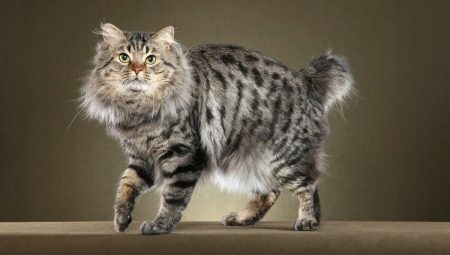
Some of the most unusual representatives of their family are American Bobtail cats, which are a real source of pride for felinologists from the United States. Beautiful and rather large animals have a wonderful character, get along well with people, easily master tricks and useful skills. The description of the appearance of cats and cats is standardized and any deviations from it are considered marriage. An individual approach to breeding in this case made it possible to exclude the manifestation of unauthorized genetic mutations and to preserve many of the hereditary traits inherent in American Bobtails. It is not surprising that today pets with short tails are found not only in the United States, but also far beyond its borders.
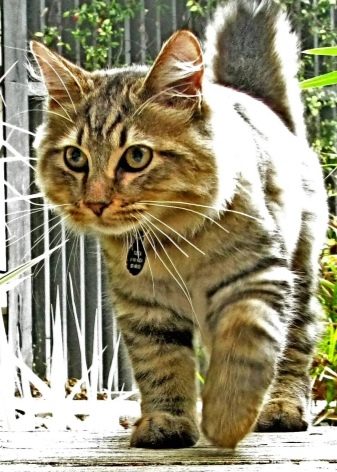
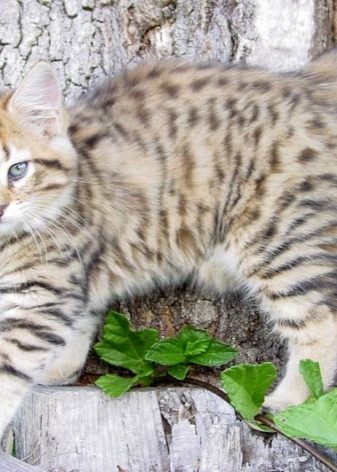
Origin story
The American Bobtail owes its birth to young enthusiastic breeders named Sanders. But the breed might not have arisen, if not for a series of accidents. Traveling on the Indian reservations of southern Arizona in the carefree 60s of the XX century, the couple was so fascinated by a stray kitten with an unusual mark - a short, like a chopped tail, that they decided to take it with them. The kid got the name Jody and turned out to be a male. The Sanders failed to clarify its origin - the local population assured that such offspring were obtained by crossing domestic cats with wild ones, and even, possibly, with lynxes.

At home, Jody awaited not only warm shelter and delicious food, but also company. The people who sheltered him already had a favorite - the Siamese cat Misha, who, when the foundling with a short tail grew up, became the mother of his children.The offspring that emerged from this unusual union became the first generation of a new breed. The cat passed on to babies a genetic predisposition to the formation of a shortened tail.
It is worth noting that initially the Sanders did not believe in the story about the "wild" origin of the new pet and thought that he was simply injured. But having received offspring with the same hereditary characteristics, they turned to familiar breeders and received unexpected advice: to start targeted breeding of a completely new short-tailed breed. However, the owners of the first feline pair, who gave the world American bobtails, who were not professional felinologists, almost ruined this good undertaking.
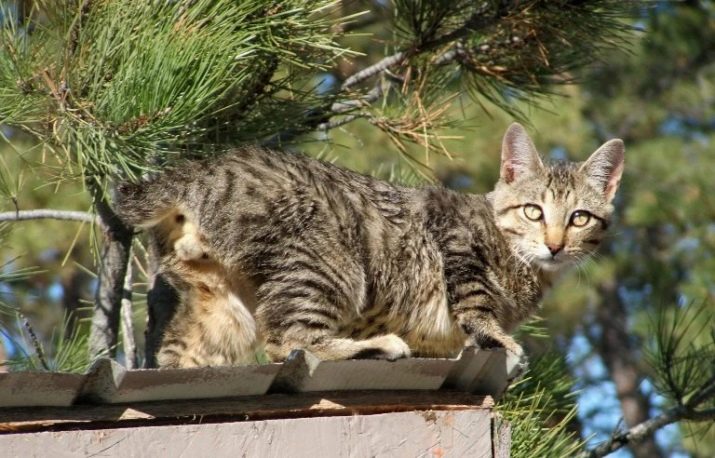
Their efforts, coupled with closely related crossbreeding, led to the fact that each new generation of animals became less and less qualitative in terms of genetics. Fortunately for today's cat aficionados, breeding the American Bobtail quickly fell into the hands of professionals. Since the 70s of the last century, felinologists have taken steps to preserve the young, but very promising breed. For this, Siamese and Burmese cats were used in breeding, as well as a variety of mestizos and animals whose origin was unknown.
The calculation was made on the fact that the identified gene mutation will persist in subsequent generations. The calculation was fully justified. The descendants of Jody and Misha, when crossed with the owners of unrelated bloodlines, ensured a stable transmission of short-tailed kittens. However, even today most of the animals known as American Bobtails are only partly them. They received recognition as a breed in 2000, and at that time there were only 215 purebred individuals.
Two decades later, the situation has changed little - the American Bobtail is considered a rare and expensive variety of cats, and official catteries are still only in the United States.
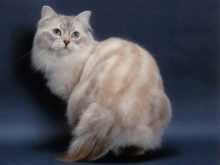
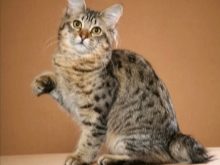
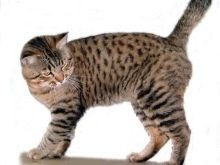
Description
The American Bobtail cat is a large animal with well-developed muscles, a short tail and an appearance similar to wild Pallas' cats or lynxes. According to its standard, an animal has certain characteristics.
- It weighs up to 7.5 kg for cats and up to 5 kg for cats. There are two subtypes of individuals - medium and large.
- May belong to the short-haired or long-haired subgroup. In the first case, the coat is rather short, coarse, with a vertically located awn and a dense undercoat. Long-haired American Bobtails always look a little shaggy, well furred. Feathers stand out on the neck, rump, thigh and hind legs.
- Has a significant life expectancy - up to 15 years.
- It features a tail of a special shape - with a fan-shaped tassel at the end. Creases are allowed. With nervous excitement, the cat raises its tail up, at rest it is lowered, pressed to the body. The caudal process should not be less than 2.5 cm or extend past the hock.
- It has a firmly knocked down dense body, set high on muscular legs. The limbs are shorter in front, the brush is dense, tightly compressed, with well-developed pads.
- Has a wedge-shaped compact head with a pronounced line of cheekbones, a developed chin. The eyes are set wide apart, deep set, rounded or almond-shaped, their color should not be in contrast with the coat. The ears are set high, large, slightly rounded with a pronounced slope.
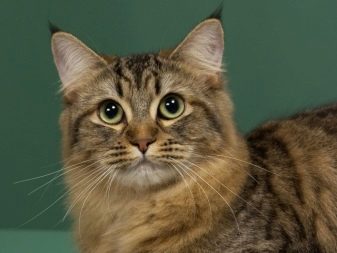
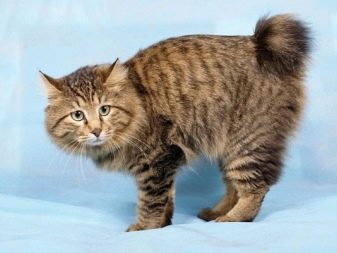
Only recently, short-haired American Bobtails were recognized as an independent branch of the breed, before that they were culled for a long time, not allowed for breeding.
The differences between the two types are not only in the length of the guard hair. There is a difference in its rigidity and in the direction of growth.
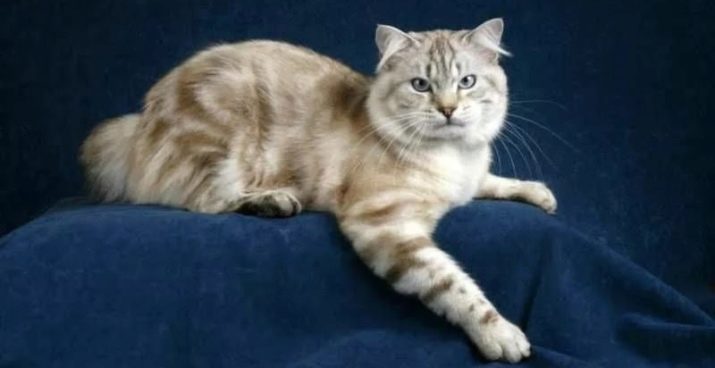
Character traits
The character of American Bobtails is quite independent, but they are outgoing, available for communication, not aggressive towards other animals. Choosing such a cat as a pet, it is worth giving it a territory for games and entertainment. Animals, even in adulthood, remain active and need movement.
The American Bobtail is distinguished by its loyalty and dedication to its owner. The owner can rest assured that the pet may prefer someone else to him. But such loyalty to habits creates certain difficulties: even going on vacation, a business trip, the owner's stay in the hospital becomes a tragedy and a serious blow for the short-tailed cat.
This breed is one of the few to whom a change of owner is categorically not recommended.

In general, American bobtails are excellent companion cats, not too needy in the company of their own kind and preferring to communicate with humans. They do not suffer from a lack of free range, calm and level-headed. The animal does not spoil things in the house, behaves correctly, quickly learns the basic rules of behavior.
Coat color options
The most common and recognized color variation is tabby in blue or red. Signs of rufism are tolerated in silver American bobtails. Point color holders must have pronounced residual markings on the body. The more “wild” the pattern on the pet's coat looks, the better. But in general, the standard does not favor any one version.
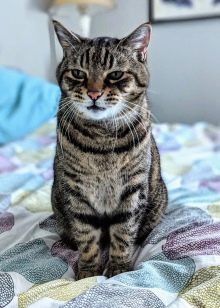

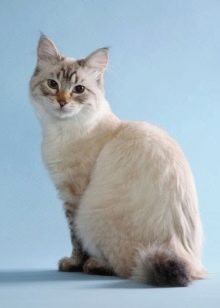
Eye color is associated with color in animals with color point, milk, sepia. All colored versions are crossbreeds with Persian cats.
The result of selection, among other things, was the stratification into short-haired and long-haired varieties.
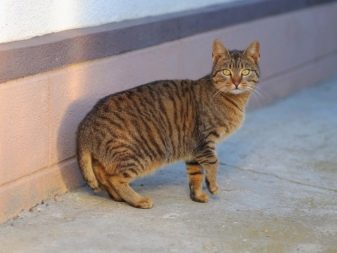

Conditions of detention
There is no need to create a special habitat for the American Bobtail. The features of keeping this breed of cats differ little from those that are needed for a purebred pet. The rarity of the animal most often forces the owners to switch to a completely home keeping of the pet.
But bobtails easily get used to the harness and can easily be walked on a leash, giving the pet a lot of pleasure.
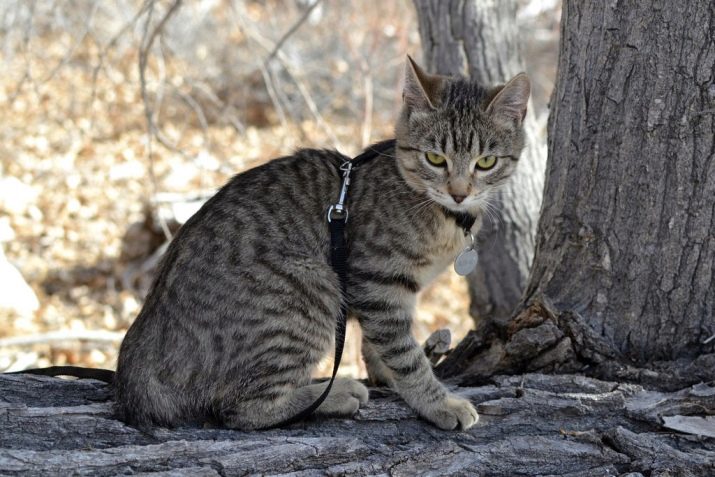
The intricacies of caring for a cat depend on the length of the coat. Fluffy pets need regular combing, seasonal removal of the undercoat. Bathing is required as the coat gets dirty, but in general cats do an excellent job of keeping it clean. For cats that are on the street, it is imperative to take antiparasitic treatment measures - from fleas, ticks, worms. The eyes and ears are cleaned of dirt on a weekly basis; brushing the teeth for representatives of the breed prone to tartar formation is also a mandatory procedure.

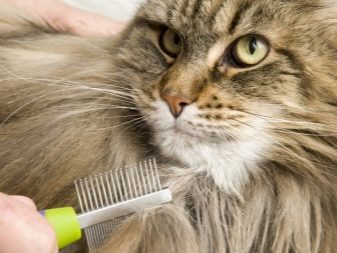
Sharp claws of American bobtails definitely need to be grinded naturally. A simple haircut does not solve the problem. It is better to teach your pet to use a scratching post from childhood.
Feeding
The American Bobtail is a breed that needs a balanced diet that takes into account the physical activity of the animal. The optimal solution is a professional ready-to-eat diet containing all the necessary substances. It is better to choose premium or holistic products as food. The frequency of feeding depends on the age of the cat or cat - on average, adult animals need no more than two feedings per day, adolescents under 1.5 years old need three meals a day. Kittens up to six months should receive food 4 times a day.
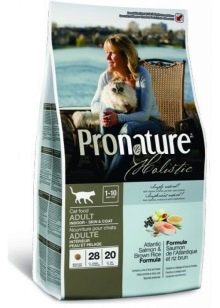


Health
The American Bobtail is a healthy breed. The dominant genes of feral cats, combined with carefully dosed new blood, have produced excellent results. But in the case of deliberate or accidental closely related crossing, the offspring can receive defective heredity.In this case, animals most often exhibit hip dysplasia, allergic reactions, and skin dermatitis. There is also a predisposition to the formation of dental calculus.

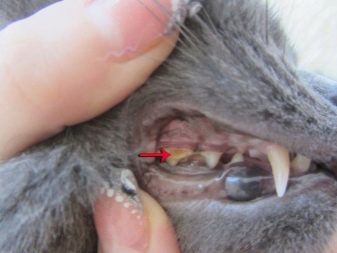
Genetically determined short-tail also has its consequences. Animals can be born completely tailless or with a shortened spine.
American bobtails are also predisposed to obesity, as well as to the development of diabetes. These descendants of wild cats do not need carbohydrate food, but a full-fledged meat diet with an abundance of protein. Improperly selected food can lead to a deterioration in the health of the pet.

All about American Bobtail cats, see the following video:


























